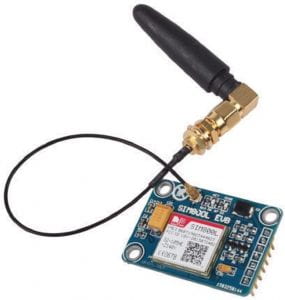Typical profile of a high altitude balloon, ascent, apex and descent
There is quite a lot of variability in ascent and descent rates, but typically the balloon follows a steady and linear path both for ascent and descent.
The balloon will ascend rapidly at first, and then settle to a steady 4.6ms-1 to 5.8ms-1 for a typical 1-meter radius helium balloon.
The apex is usually around 25-35km. (approximately 100,000 feet, for perspective, 3 times commercial aircraft cruising altitude)
The balloon’s descent rate can be controlled, but it is recommended to aim for a steady 4 to 5ms-1 rate of descent. (controlled by the parachute)
Assuming the balloon reaches 30km, and ascends and descends at average rates, the ascent time would be approximately 1 hour and 40 minutes, and the descent time would be around 1 hour and 50 minutes, summing to a round-trip time of 3 hours and 30 minutes.
It is important to try and fill the balloon with the correct quantity of helium (considering payload mass) because the flight prediction software relies upon the anticipated ascent and descent rates of the balloon. An underfilled balloon will tend to travel much further. The typical distance covered depends completely on atmospheric conditions e.g. wind speed and jet stream, and could be from a few miles to hundreds of miles.
A typical balloon’s profile:

https://www.whitemountainscience.org/wmsi-blog/2016/11/29/profile-high-altitude-balloon-recovery credit goes to Bill Church






 Welcome to your brand new blog BalloonX Joe, Poppy, Jack and Natasha. This is your online learning journal which will evidence your progress and achievements. You will see in due course how valuable this is. Use it as a brain dump, a way of sharing useful information, logging progress, recording failures and successes and documenting what you have learned.
Welcome to your brand new blog BalloonX Joe, Poppy, Jack and Natasha. This is your online learning journal which will evidence your progress and achievements. You will see in due course how valuable this is. Use it as a brain dump, a way of sharing useful information, logging progress, recording failures and successes and documenting what you have learned.